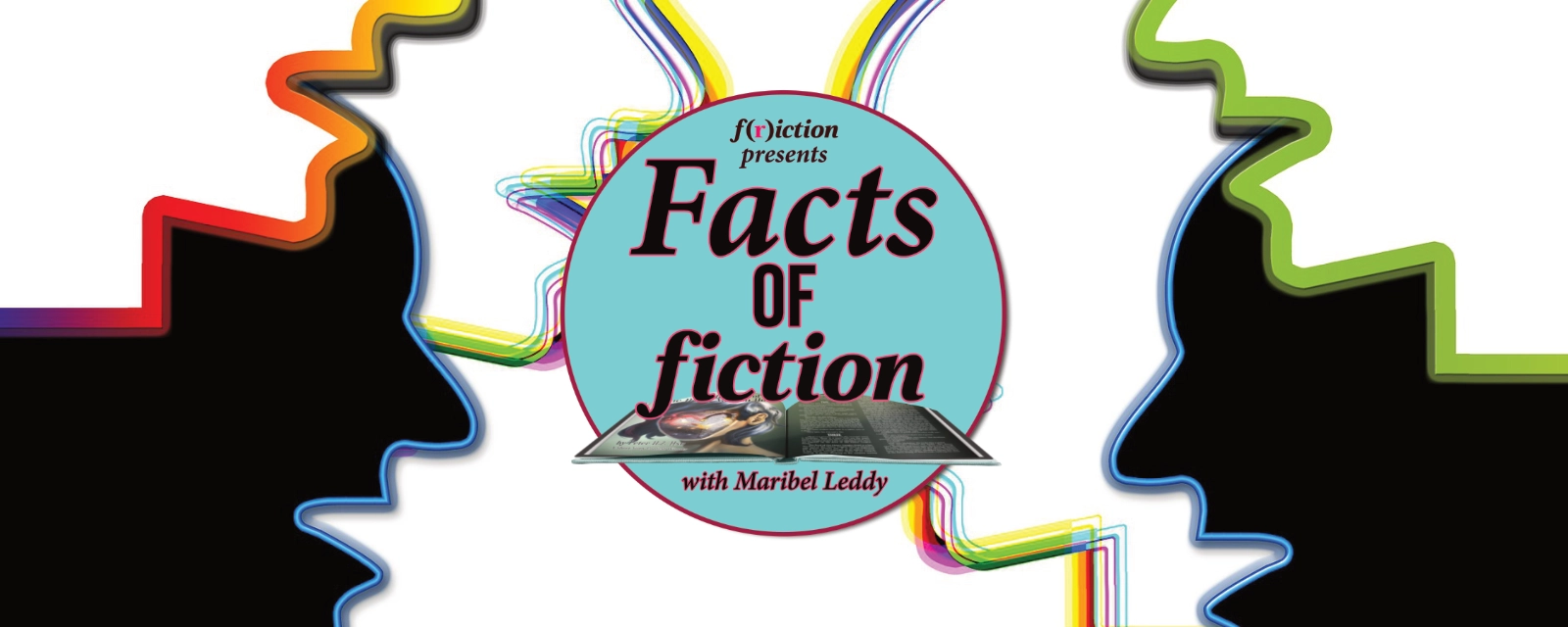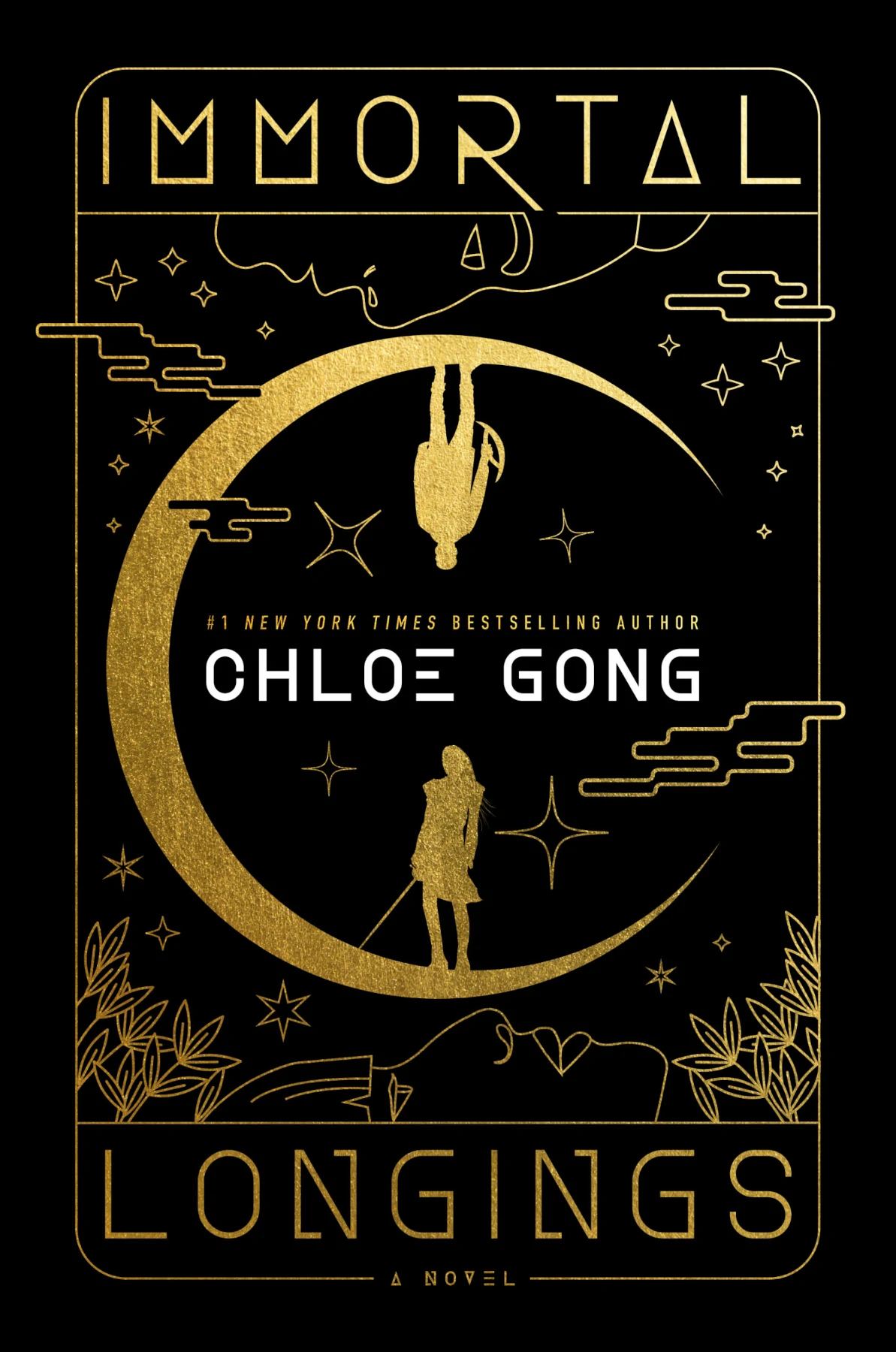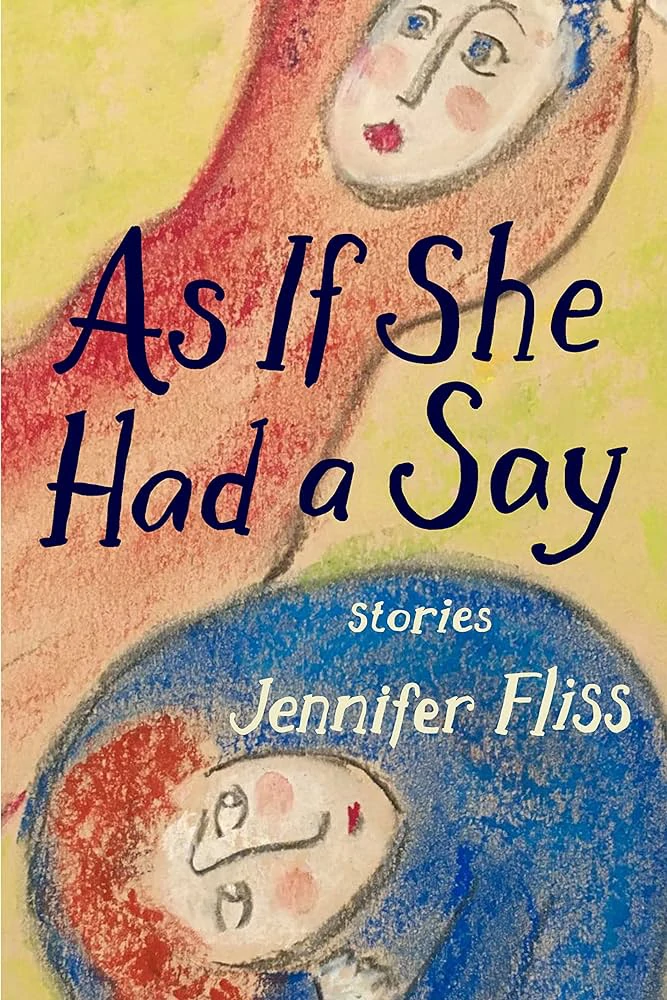
Stories as Us: How Narratives Shape Who We Are
I’ve long believed that stories make up the invisible architecture of our identities, beliefs, and societies. From the myths we inherit to the ads we consume, across time narratives have dictated what we desire, who we admire, and what we think is normal. Before we even learn to read and write, we inherit countless narratives from our environments. These begin with our family’s worldviews, often influenced by our country’s dominant religious and political ideologies, and shaped by the way history is constructed and passed down.
What happens when we examine some of the stories we swallow whole? In ‘Stories As Us,’ I’ve pulled back the curtain on some of the modern stories shaping us in surprising ways–exploring how advertising molds our desires, how Hollywood and the military collaborate to sell heroism, and how marginalized voices are rewriting history to reclaim their place in the narrative. If storytelling shapes who we are, scrutinizing our stories provides an opportunity to choose not just the ones we retain and retell, but who we ultimately become in the process.
Repetition
The stories we repeat define us, for better and for worse. Advertising operates on this basis, seeding desire via carefully-crafted tales of transformation. A perfume commercial constructs a story about allure and power, while car advertisements sell fantasies of freedom and status. These microfictions shape our self-perception by linking consumption to identity. Who doesn’t want to be hot and high status? Plenty of us before we saw these advertisements, probably. But hey, anyway, buy this perfume!
Advertising is effective because it transforms us, the would-be consumers, into characters with aspirational plots. That’s great for selling products, but it has interesting implications for our identities and values. In Stories as Therapy, I talked about the monomyth as a journey of healing and self-development. Similarly, narrative-driven advertising frameworks, like Donald Miller’s Storybrand, also take us on a journey by repurposing the monomyth to generate sales. The customer (hero) has a problem that the company (mentor) guides them through by purchasing products (trials) to guarantee success (transformation). Customers become brand advocates when they return from their trial with their newly-gained wisdom: that company is great!
Don’t get me wrong–I’m not saying this journey need always be a perilous one. Sometimes I want to be sold a solution. I am a writer. I don’t know a thing about lawnmowers, but I need one for my home. In this context, I’m more than happy to be guided towards a purchase, in fact, I need it. But when advertising narratives replace introspection with consumption–as they often do in our fast-paced society–when I ponder too long on products being jammed into the chapter of the monomyth where our personal growth occurs–I’m not gonna lie, it kinda skeeves me out.
Normalization
Over the last decade or so, cultural backlash against “woke media” has revealed many of society’s taken-for-granted assumptions about stories. Increased diversity has confronted us with assumptions about which groups of people we think should portray which roles, and why–a welcome, and much overdue confrontation, if you ask me.
Forced diversity proponents believe stories with diverse or divergent representations are too political, opposed to the fondly-remembered, bygone era of heroic stories with predominantly white, predominantly male leads which weren’t political at all. (Sure, Jan.) The challenge with this line of thinking is that it does nothing to examine the origin of these so-called non-political stories. Why do we assume that a story is apolitical just because it’s normal? What makes a story normal? Delving into these questions can reveal a great deal about the way we make meaning from the stories we’re exposed to, and how, oftentimes, normal doesn’t mean apolitical at all.
An intriguing example of this are the Hollywood-military partnerships that have occurred for decades to influence what we see in blockbuster entertainment. It turns out ‘White Guy Saves The World, With Guns’ is not the organically-occurring narrative phenomenon we might have believed was the case growing up. Marvel’s collaboration with the U.S. military—particularly in films like Captain America: The Winter Soldier—embeds pro-military narratives into its films in exchange for production goodies. The Department of Defense’s script approvals ensure heroic portrayals of American might, while anything less than favourable gets sanitized or cut. In Winter Soldier, framing HYDRA as a corrupting foreign element within S.H.I.E.L.D preserves the U.S military’s heroic veneer despite the film’s clandestine plot. Combine that with high production budgets and action-packed entertainment, and we swallow it whole. This is normalization in action.
Contrarily, when Ms. Marvel, the 2022 miniseries centering a Muslim heroine was released, the controversy was palpable. This contrasting reception highlights normalization at its finest, whereby we become so inundated by certain worldviews, we mistake them for the truth and struggle to swallow anything different.
New Norms
It’s precisely because we are wired for storytelling that narratives are such an effective vehicle for shaping, and reshaping our identities. Just as we can get lost chasing trends fed to us by advertisements, or imbibe political ideas we were not even cognisant of through the process normalization, new and different stories are just as powerful in pushing culture in new directions, allowing us to explore and discover new aspects of ourselves. Stories are fundamentally a place for experimentation and play, and mainstream media is no longer the only place we go to get our daily dose of fiction.
Different types of storytelling such as table-top roleplaying games (TTRPG), video games, fanfiction, cosplay, and the modern juggernaut self-publishing, all function as hubs for the constant creation of new, experimental, and collaborative stories. While many of these are enjoying their time in the spotlight, stories don’t need to make it to the mainstream to make a difference. Cultural shifts happen, and rapidly so, when stories are told through different formats and from different perspectives. It’s my belief that representation and diversity aren’t forced phenomena. Unlike our assumptions about the apoliticism of white male might, or the power fantasy of a new car, narrative diversity unfolds naturally when we are empowered to pick up the pen and given the opportunity to reflect the truth of the multifaceted world we live in by expressing ourselves. New stories reveal to us how much we’ve missed, and beckon us to explore what we can become.
‘The Power of Stories’ is a limited blog series exploring the ways stories weave themselves into the fabric of our lives. It’s an invitation to reflect on how narratives—whether passed down through generations or splashed across the big screen—shape who we are, how we connect, and the worlds we imagine. Each post peels back a new layer of storytelling. The final installment will take a deep dive into the power of storytelling as an agent for change.
Recommended Reading
- ‘Anatomical Venus at the Gynecologist’ by Jade Hurter, F(r)iction Log
- ‘Envisioning Trans Bodies in Fantasy’ by Niki Schumacher, F(r)iction Log
- ‘Waves Fall on Every Shore’ by Jaime Gill, F(r)iction Log



